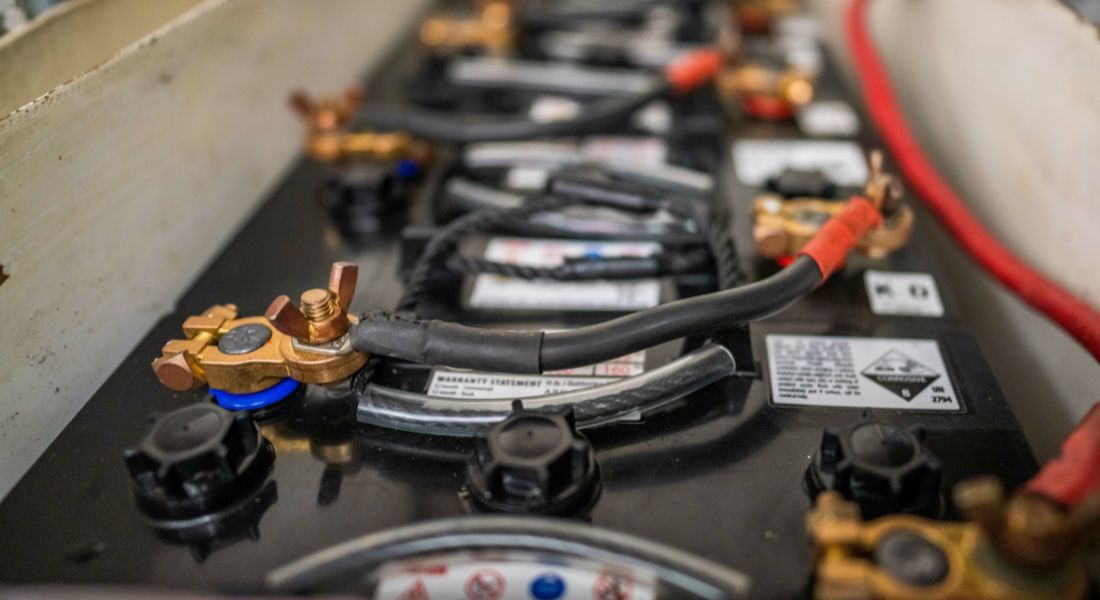There’s nothing better than getting your boat out on the water to enjoy the weather. However, ensuring it starts every time is crucial if you want to have a good time. With so many different types of battery cells, it can be hard to decide which to purchase. These are the four types of marine battery cells for your boat that you should know about.
Lithium-Ion
Lithium-ion batteries are standard cell types in many modern consumer devices. Cell phones, e-bikes, and power tools are just a few of the most common applications. Lithium-ion battery cells work great in boats since they have a high energy density and long life.
The biggest problem with lithium-ion batteries is that they can overheat and cause fires, making it essential to inspect them before and after each use. Also, getting a cell designed for deep cycling is crucial to avoid getting stranded.
Wet-Cell
Traditional wet-cell batteries are much cheaper than lithium-ion batteries since they have such a simple design. However, you’ll need to learn to properly care for them, as they may need refilling occasionally. They also have a lower cycle time than other options, making replacements more frequent.
The best thing about wet-cell batteries is that you can overcharge them without damaging the cell. However, not just any wet-cell battery will work in a marine environment, which is why you should never use a car battery on your boat.
AGM
Absorbed glass mat (AGM) batteries have a specialized glass mat between the positive and negative plates to absorb the electrolyte. This design enables the cell to exist in a dry rather than liquid state, which is less prone to spilling.
AGM batteries are perfect for marine environments since their design is more robust. They’re less likely to build up sulfate deposits, making them more reliable when out from shore. Dry-cell technology also produces a higher power output and shorter charging time, making them better suited to boating than their wet-cell counterparts.
Gel-Cell
Like an AGM cell, a gel battery doesn’t contain any liquid. Instead, manufacturers mix the electrolyte with silica to create a solid substance that is much less prone to spilling. Gel cells require very little maintenance and have a long lifespan, making them great for a worry-free boating experience.
The downside of gel cells is that they have a higher upfront cost, so you’ll pay more at purchase. You’ll also need to purchase specialized equipment to keep the cell charged. However, since they’re so reliable, it’s well worth the investment.
Make Sure You’re Prepared To Charge Your Battery While Boating
It doesn’t matter what type of battery you have if it goes dead while on the water. Having a set of jumpers, extra cells, and a way to contact the shore will allow you to stay safe while having fun.
With so many different types of marine battery cells for your boat, we hope this guide was helpful in clarifying the most important ones. Learn all you can before setting out!
Texas Outdoors
Latest posts by Texas Outdoors (see all)
- The Best Ideas for Storing an Outboard Motor – July 9, 2024
- Safety Tips for UTV Off-Roading in Icy Conditions – July 9, 2024
- How To Take Care of Your Golf Cart in the Summer – July 2, 2024

Leave a Reply